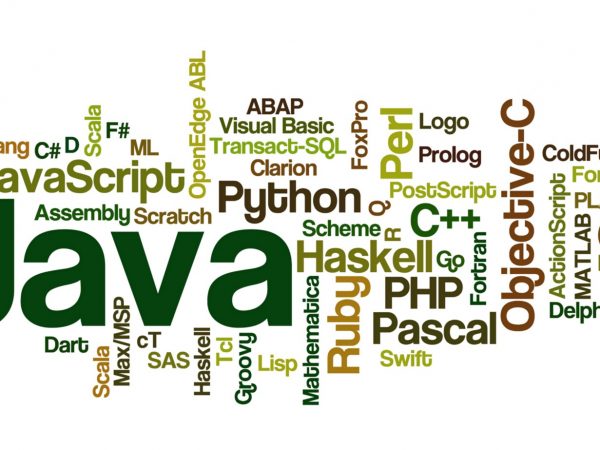Active trading is the act of buying and selling securities based on short-term movements to profit from the price movements on a short-term stock chart. The mentality associated with an active trading strategy differs from the long-term, buy-and-hold strategy.
The buy-and-hold strategy employs a mentality that suggests price movements over the long term will outweigh the price movements in the short term and, as such, short-term movements should be ignored. Active traders, on the other hand, believe that short-term movements and capturing the market trend are where the profits are made.
There are various methods used to accomplish an active trading strategy, each with appropriate market environments and risks inherent in the strategy.
Here are four of the most common active trading strategies and the built-in costs of each strategy. (Active trading is a popular strategy for those trying to beat the market average.)
1. Day Trading
Day trading is perhaps the most well-known active trading style. It’s often considered a pseudonym for active trading itself. Day trading, as its name implies, is the method of buying and selling securities within the same day. Positions are closed out within the same day they are taken, and no position is held overnight. Traditionally, day trading is done by professional traders, such as specialists or market makers. However, electronic trading has opened up this practice to novice traders.
2. Position Trading
Some actually consider position trading to be a buy-and-hold strategy and not active trading. However, position trading, when done by an advanced trader, can be a form of active trading. Position trading uses longer term charts – anywhere from daily to monthly – in combination with other methods to determine the trend of the current market direction. This type of trade may last for several days to several weeks and sometimes longer, depending on the trend.
Trend traders look for successive higher highs or lower highs to determine the trend of a security. By jumping on and riding the “wave,” trend traders aim to benefit from both the up and downside of market movements. Trend traders look to determine the direction of the market, but they do not try to forecast any price levels. Typically, trend traders jump on the trend after it has established itself, and when the trend breaks, they usually exit the position. This means that in periods of high market volatility, trend trading is more difficult and its positions are generally reduced.
3. Swing Trading
When a trend breaks, swing traders typically get in the game. At the end of a trend, there is usually some price volatility as the new trend tries to establish itself. Swing traders buy or sell as that price volatility sets in. Swing trades are usually held for more than a day but for a shorter time than trend trades. Swing traders often create a set of trading rules based on technical or fundamental analysis.
These trading rules or algorithms are designed to identify when to buy and sell a security. While a swing-trading algorithm does not have to be exact and predict the peak or valley of a price move, it does need a market that moves in one direction or another. A range-bound or sideways market is a risk for swing traders.
4. Scalping
Scalping is one of the quickest strategies employed by active traders. It includes exploiting various price gaps caused by bid-ask spreads and order flows. The strategy generally works by making the spread or buying at the bid price and selling at the ask price to receive the difference between the two price points. Scalpers attempt to hold their positions for a short period, thus decreasing the risk associated with the strategy.
Additionally, a scalper does not try to exploit large moves or move high volumes. Rather, they try to take advantage of small moves that occur frequently and move smaller volumes more often. Since the level of profits per trade is small, scalpers look for more liquid markets to increase the frequency of their trades. And unlike swing traders, scalpers like quiet markets that aren’t prone to sudden price movements so they can potentially make the spread repeatedly on the same bid/ask prices.
Costs Inherent With Trading Strategies
There’s a reason active trading strategies were once only employed by professional traders. Not only does having an in-house brokerage house reduce the costs associated with high-frequency trading, but it also ensures better trade execution. Lower commissions and better execution are two elements that improve the profit potential of the strategies. Significant hardware and software purchases are typically required to successfully implement these strategies. In addition to real-time market data, these costs make active trading somewhat prohibitive for the individual trader, although not altogether unachievable.





